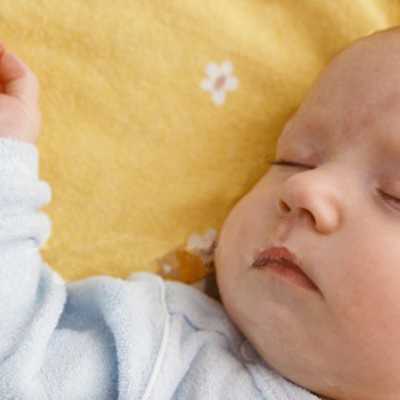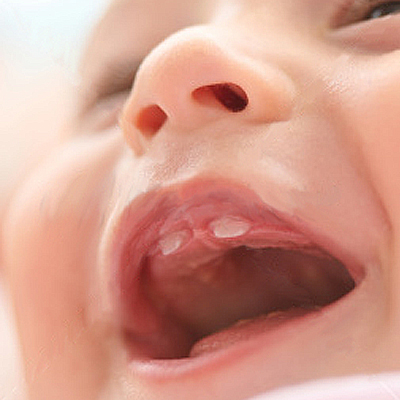Family Care
What is Sleep Apnea?
Obstructive sleep apnea syndrome (OSAS) is a common problem in children, and is increasing being recognized as a cause of daytime attentional and behavioral problems. It is characterized by repetitive episodes of upper airway obstruction that occur during sleep, usually associated with a reduction in blood oxygen saturation.
Children with Down syndrome and other congenital conditions that affect the upper airway have a higher incidence of sleep apnea. Over half of children with Down syndrome will develop obstructive sleep apnea.
Associated features may include:
Which babies are at risk? Any baby can have sleep apnea, but it's much more common in babies who were born prematurely. In babies born to moms up to 37 weeks pregnant, it's called apnea of prematurity. In babies born to moms past 37 weeks pregnant, it's called apnea of infancy.
What are the symptoms? Babies with sleep apnea stop breathing during sleep. (In a sleep lab, a pause for a baby is 20 seconds or more without a breath; in older children it's ten seconds.) The baby might gasp or gag as he finally takes a breath. He may also turn blue.
If your baby has sleep apnea while still in the hospital, his doctor will probably want to monitor him there before sending him home. If you're at all concerned about your baby's breathing at any time, talk with his doctor.
|
|

















